I have been reading about analog computing yet have not been able to find material about a certain issue; in reference to arithmetic, it is said that op-amps are used to perform these tasks, for example addition with a summing amplifier:
What about when one wants to sum larger numbers? (>10^5) I have though about say using smaller input voltages and then multiplying them with a high gain but that would require the op-amp to have a higher rail voltage to avoid saturation, as well as potentially loosing accuracy if one wanted to keep the voltages bounded between the rails.
In analog computing, is there are formal method of summing (or any form of arithmetic) large numbers (without working with thousands and thousands of volts) whilst not sacrificing accuracy in the process?
